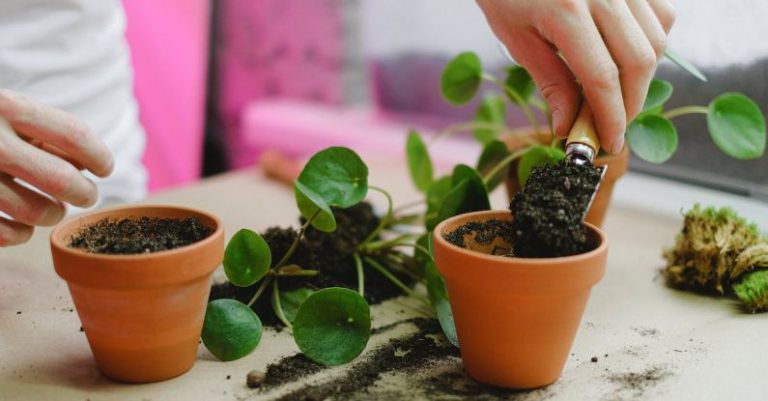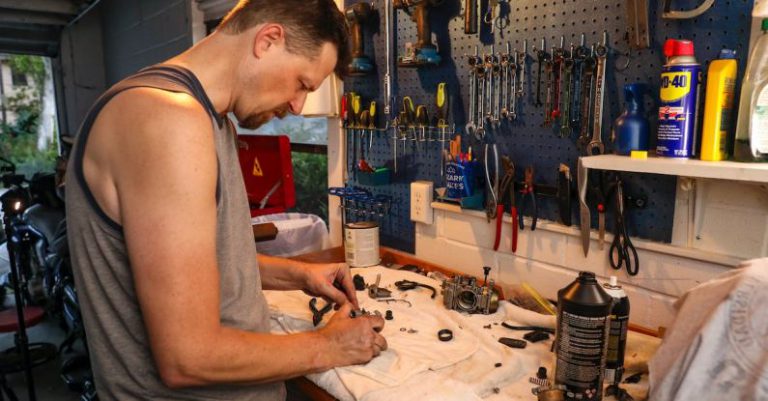How to Create a Pet-friendly Home?
Pets bring so much joy and love into our lives, and it’s only natural that we want to create a safe and comfortable environment for them within our homes. Whether you have a playful pup or a curious cat, there are a few simple steps you can take to ensure your home is pet-friendly. From choosing pet-safe materials to providing plenty of exercise opportunities, here’s how you can create a pet-friendly home.
Consider Your Flooring
Pets spend a lot of time on the floor, so it’s important to choose flooring that is both durable and easy to clean. Hardwood or laminate flooring is a great option as it can withstand scratches and is resistant to stains. If you prefer carpet, opt for a low-pile carpet that is stain-resistant and easy to vacuum. Avoid wall-to-wall carpeting as it can trap pet hair and odors.
Create a Cozy Retreat
Just like humans, pets need a space of their own to relax and unwind. Designate a cozy retreat for your pet by providing a comfortable bed or blanket in a quiet corner of your home. Consider placing their bed in a room with minimal foot traffic to give them a sense of security and privacy.
Secure Hazardous Areas
Pets are naturally curious and can easily get into trouble if they have access to hazardous areas. Take the time to secure cabinets, trash cans, and any other areas that may contain toxic substances. Use childproof locks or pet gates to prevent your furry friends from getting into places they shouldn’t.
Choose Pet-friendly Furniture
When it comes to choosing furniture, opt for pet-friendly materials that can withstand scratching and shedding. Leather or microfiber upholstery is a good choice as it is easy to clean and doesn’t attract pet hair. Avoid delicate fabrics like silk or velvet, as they can be easily damaged by pets.
Provide Plenty of Exercise Opportunities
Pets need regular exercise to stay healthy and happy. Create a pet-friendly home by providing plenty of exercise opportunities both indoors and outdoors. Set up a designated play area with toys and scratching posts for your cat, and ensure your dog has access to a secure outdoor space where they can run and play.
Keep Toxic Plants Out of Reach
Many common household plants can be toxic to pets if ingested. Before bringing any plants into your home, research which ones are safe for your furry friends. Keep toxic plants out of reach or opt for pet-friendly alternatives, such as spider plants or Boston ferns.
Eliminate Dangers
Take a walk around your home and identify any potential dangers for your pets. Secure loose cords and wires that can be chewed on, and cover electrical outlets to prevent curious pets from getting electrocuted. Keep small items, such as buttons or coins, out of reach to prevent choking hazards.
Maintain a Clean Environment
Pets shed, and their fur can quickly accumulate on furniture and floors. Regularly vacuum and sweep your home to keep it clean and free of pet hair. Invest in a lint roller or pet-specific cleaning products to help remove stubborn pet hair from upholstery.
Create a Pet-friendly Outdoor Space
If you have a backyard, consider creating a pet-friendly outdoor space for your furry friend to enjoy. Install a secure fence to prevent them from wandering off and provide shade and fresh water for them to stay hydrated. Set up a designated area for them to do their business and regularly clean up after them to maintain a clean and odor-free space.
In conclusion, creating a pet-friendly home is all about thinking from your pet’s perspective. By considering their needs and taking a few simple steps, you can create a safe and comfortable environment that both you and your furry friend will love. From choosing the right flooring to providing plenty of exercise opportunities, these tips will help you create a pet-friendly home that your pet will thrive in.






